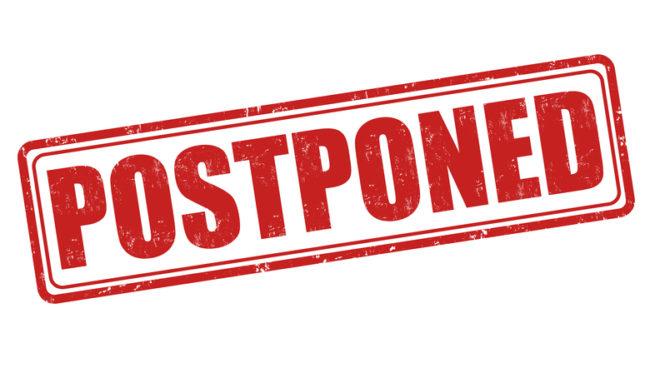The Clean Water Act (CWA) establishes a structure for regulating discharges of pollutants into the waters of the United States and regulates quality standards for surface waters. In May 2015, the EPA and the U.S. Army Corps of Engineers announced the Clean Water Rule (the Rule or WOTUS), hoping to clarify the reach of the elusive phrase “waters of the United States” — the bodies of water protected under the CWA. When the Rule passed in 2015, developers, farmers, and property owners alike became extremely concerned about the implications of the jurisdictional reach and regulation stemming from the new Rule over land that contained certain types of bodies of water — in some instances, nominal bodies of water.
Over the past three years there’s been much uncertainty, confusion, litigation, and angst about the Rule, but just yesterday, on January 31, 2018, interest groups, farmers, ranchers, real estate developers, and private landowners received some much desired clarification. The EPA and Army Corps announced the finalization of a two-year postponement of the effective date of the Rule — essentially a direct response to a recent decision by the high court. In a unanimous decision, the U.S. Supreme Court found in National Association of Manufacturers v. Department of Defense that the challenges to the Rule (brought by various parties, including states, environmental groups, and industry entities) must be heard in the U.S. district courts, not the appellate courts. Although it was widely believed to be more efficient to hear the challenges in the circuit courts, the court relied on the plain language of the judicial review provisions of the CWA. In a nutshell, the court found that the statutory text outweighed the efficiencies that accompany appellate review. “Had Congress wanted to prioritize efficiency, it could have authorized direct circuit-court review of all nationally applicable regulations, as it did under the Clean Air Act.”
Although the decision by the high court now will allow challenges to the Rule to move forward in the district courts, the EPA’s move this week to adjourn the effective date of the Rule essentially avoids that possibility. The head of the EPA stated that the Rule “…will not be applicable for the next two years, while we work through the process of providing long term regulatory certainty across all 50 states about what waters are subject to federal regulation.” In June, the EPA and the Army Corps proposed rescinding the Rule, and the two-year delay on the Rule’s effective date will allow the executive time to rescind and/or replace the Rule with what will likely be a framework more friendly to industry, farmers, ranchers, real estate developers, and private landowners.
We’ll continue to monitor and report on what’s clearly the slow evaporation of The Clean Water Rule.

